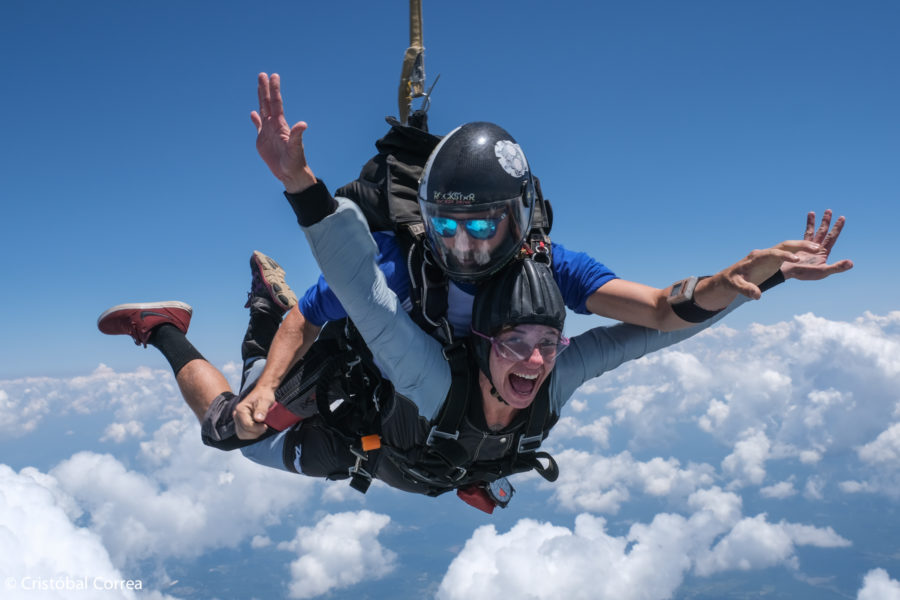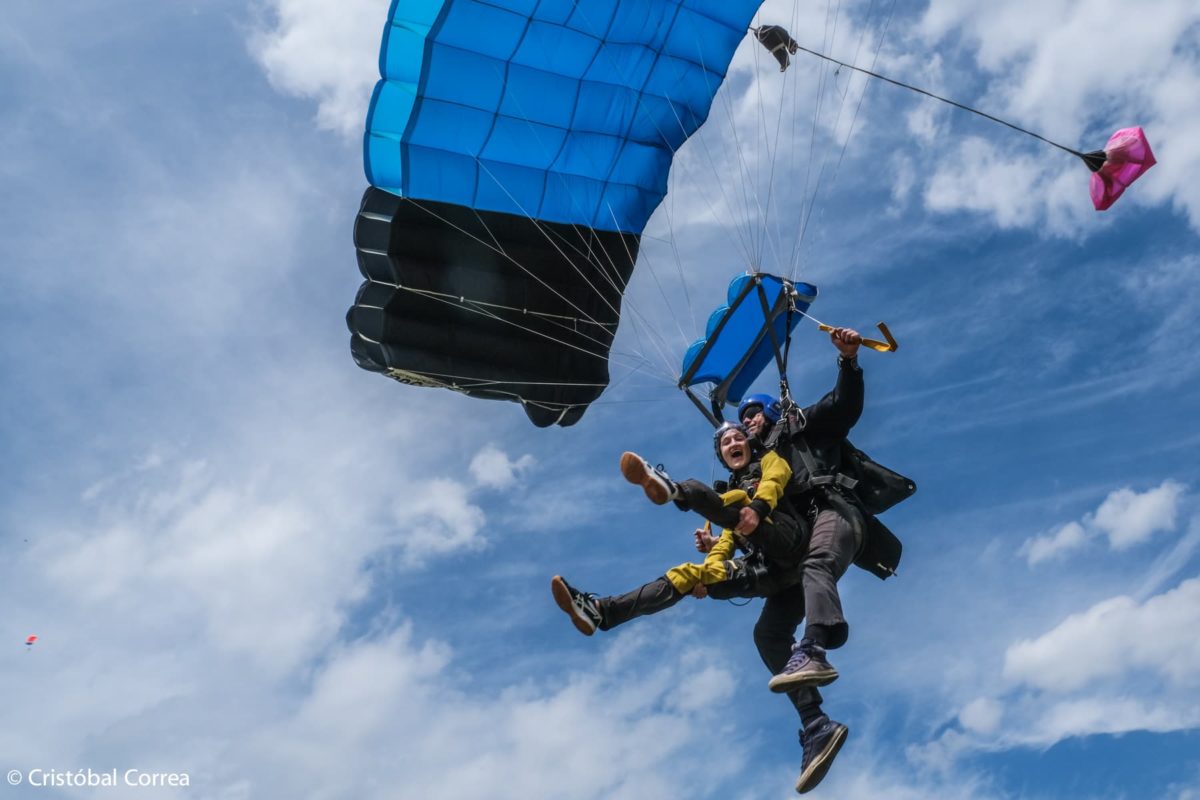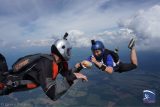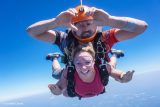How Gravity Works in Skydiving
Skydiving
2 years ago
Gravity and Skydiving
Is there any gravity in skydiving? You bet! In a world without gravity, skydiving would cease to exist … so we’re pretty grateful for it! If you’re worried about hitting too many G’s while skydiving or falling so fast that you won’t have time to stop, this is the article for you. The physics of skydiving can be pretty easy to understand (even for us crazy skydivers), so let’s break it down!
Physics 101: The Science Behind The Jump
How is gravity involved in skydiving? It’s job is to bring us back to Earth! If we didn’t have gravity, we would all be floating around all day and night like astronauts in a space station. While without gravity we wouldn’t have to worry about tripping and falling down a flight of stairs, we also wouldn’t be able to do fun things like make a free throw, catch air over hills on a dirt bike track, or jump from a perfectly good airplane.
Physics is the study of matter (basically, everything we see) and how it transcends through space and time. In the skydiving domain it pertains to how fast we fall in freefall, under the parachute (canopy), and the factors that are working together during the jump to affect the overall velocity.

What Is Freefall?
In skydiving, freefall is the part of the jump in which you’re freely falling without the canopy above your head. This generally lasts anywhere from 30-60 seconds. To keep it sciency, the air in which we fall through isn’t just air, it’s a bunch of teeny tiny molecules all bouncing around with one another. These molecules act with gravity as little forces against us while we’re trucking through the sky.
What Is Terminal Velocity?
Terminal velocity is the maximum rate at which you or something falls towards the earth. Factors that determine terminal velocity in skydiving are body weight, body position, and the overall surface area you’re taking up. Essentially, it’s the exact speed at which the force of gravity is perfectly countered by the air that is forcing back into you – thank goodness for our friends, the air molecules, or else we’d just never stop gaining speed!
- What’s the average terminal velocity in skydiving? About 120 miles per hour.
- Will I go faster in a head-down position than in a belly-to-earth position? Generally speaking, yes! Why? In a head-down position you have less surface area, resulting in less drag to slow you down.
How Many G’s Do You Hit in Skydiving?
Firstly, a “G” is a measure of acceleration that is equal to the acceleration of gravity; it means “gravitational constant.” G’s are hit when there is a gravitational pull away from the earth – which is the opposite of falling towards the earth that skydiving entails, and why we don’t really “feel G’s” while skydiving!
We are constantly feeling about 1G of force when we’re stationary and standing on the ground. All of Earth’s little particles pull at us to keep us grounded and they all add up to have enough force to keep our feet on the ground. This may be surprising, but the G’s felt in freefall at the time of achieving terminal velocity (about 15 seconds after exit) is the same as when we’re standing on the ground. This is because the constant gravitational pull of Earth is the only thing pulling us down in both freefall and while being stagnant on the ground.
Contrarily, we feel more G’s when the canopy is going through the stages of deployment. When we deploy the canopy we are feeling a force that is pulling us away from the Earth’s pull. This pull from the parachute that counters the natural pull of the earth causes skydivers to experience upwards of 3 G’s as they slow down from about 120 mph to 15 mph.
- What about under canopy? When skydivers do any type of turn under canopy they’re countering the force of gravity, and in turn will experience some G’s through centrifugal force. Similar to roller-coaster hills, the smaller the turn, the less centrifugal force experienced, and vice versa. This means that if you want a truly crazy parachute ride you can ask your instructor to really whip it, and on the other hand, if you’re prone to motion sickness or prefer to tootle back to earth, just tell us!
- Is there zero gravity in skydiving … or dare we say, negative G’s? Not really! When we counteract the gravitational field of the Earth by deploying the canopy, or while under canopy by doing aggressive turns we can feel the stomach drop or “zero G” feeling. The only other time during a skydive where zero gravity is physically possible is during the plane ride to altitude. If the plane hits some turbulence or if the pilot intentionally sends a zero-G (wooo!) to help the jumpers get on their feet just prior to exit.

How Do Skydivers Not Lose Consciousness?
We’re super heroes! Not really, but we’re able to maintain a clear, focused, and level head because the forces on the body during a skydive are not that intense. Yes, skydiving is an extreme sport with inherent risks that requires quick thinking, mental stamina, and relatively good physical health, but the actual physical forces are generally easily sustained, because they are similar to what we feel in everyday life!
Want to be the coolest kid in school and study gravity from 13,500 feet? Book today! Don’t waver to reach out to us with any further questions.




